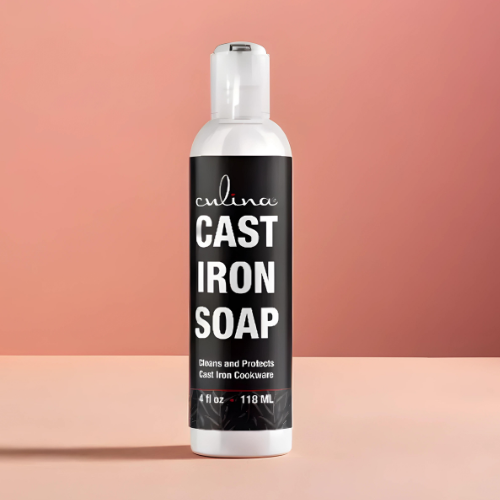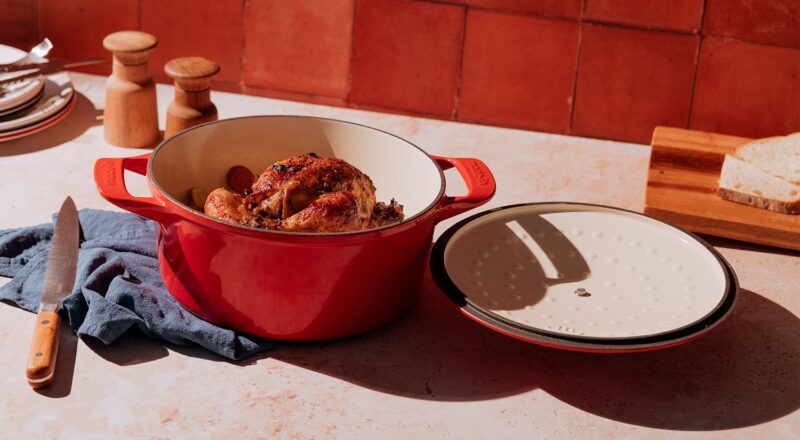The question on many people’s minds, particularly kitchen professionals, is what is a Dutch oven made of? A Dutch oven is one of the most versatile kitchen tools, known for its durability, heat retention, and multi-functional use. But what are its core components? This article aims to provide a thorough exploration of the materials, features, and uses of Dutch ovens, making it an indispensable read for those looking to enhance their culinary prowess.

Introduction to Dutch Ovens
Before diving into the specifics, it’s important to understand the broad role a Dutch oven plays in modern kitchens. A Dutch oven is a heavy cooking pot with a tight-fitting lid, traditionally made from cast iron. It’s celebrated for its ability to retain and evenly distribute heat, making it ideal for a variety of cooking methods such as braising, baking, and frying.
:max_bytes(150000):strip_icc()/GettyImages-1058029026-2000-3e7d0a3579d346108bb901a51501115f.jpg)
The Primary Materials Used
There are several materials from which Dutch ovens can be made, each with its own set of advantages and disadvantages.
Cast Iron
Cast iron is perhaps the most common material used in Dutch ovens. Known for its outstanding heat retention and even heating properties, cast iron Dutch ovens are durable and can last for generations if well maintained. Check out this guide on how to make the best pot roast to utilize cast iron effectively.
Enameled Cast Iron
Enamel-coated cast iron is another popular material for Dutch ovens. The enamel coating provides a non-stick surface and protects the iron from rusting without requiring regular seasoning. It also allows for a more visually appealing appearance, as it comes in various colors. Here’s an excellent tutorial on making bread in an enameled Dutch oven.
Stainless Steel
Stainless steel Dutch ovens are less common but offer benefits like being lighter and easier to handle. They are also corrosion-resistant but lack the heat retention capabilities found in cast iron.
Aluminum
Aluminum Dutch ovens are valued for their light weight and excellent heat conduction. However, they are less durable compared to cast iron and can be prone to dents and scratches. Many chefs prefer them for their ease of use and transportability.

History and Evolution
The Dutch oven has undergone considerable evolution since its inception in the 17th century in the Netherlands. Initially made entirely from cast iron, it has now diversified into various materials and designs, adapting to modern culinary requirements.
Common Features and Design Elements
Besides the materials, several design elements contribute to the Dutch oven’s functionality.
Thick Walls
The thick walls of a Dutch oven are crucial for heat retention and even cooking. They help in minimizing temperature fluctuations, making it easier to cook dishes that require long simmering.
Tight-Fitting Lids
A good Dutch oven comes with a tight-fitting lid, essential for retaining moisture and flavors. This feature is particularly beneficial for slow-cooked dishes.
Popular Uses of Dutch Ovens
A Dutch oven’s versatility makes it suitable for various cooking methods.
Braising
Braising typically involves searing meat at a high temperature and then cooking it slowly in liquid. A Dutch oven is perfect for this technique because it can seamlessly move from stovetop to oven.
Baking
Baking bread in a Dutch oven is a common practice among home bakers. The tight lid traps steam, creating a perfect crust. Learn more about this on our guide.
Frying
The excellent heat retention of Dutch ovens makes them suitable for frying. The thick walls ensure the oil remains at a consistent temperature.
Care and Maintenance
Proper care can extend the lifespan of a Dutch oven. Depending on the material, different cleaning methods are recommended. For a detailed guide on maintenance, check out this external link.
Why Chefs Love Dutch Ovens
Many chefs and culinary professionals consider Dutch ovens to be indispensable. The reasons are manifold: from their versatility to their durability and ease of use, Dutch ovens are trusted tools in both professional and home kitchens.
FAQs
What is the primary material in traditional Dutch ovens?
The primary material is cast iron, known for its excellent heat retention.
Why are enameled Dutch ovens popular?
Enameled Dutch ovens are popular for their non-stick surfaces and aesthetic appeal.
Can I use a Dutch oven for frying?
Yes, Dutch ovens are excellent for frying due to their ability to maintain consistent temperatures.
As an Amazon Associate, I earn from qualifying purchases.

